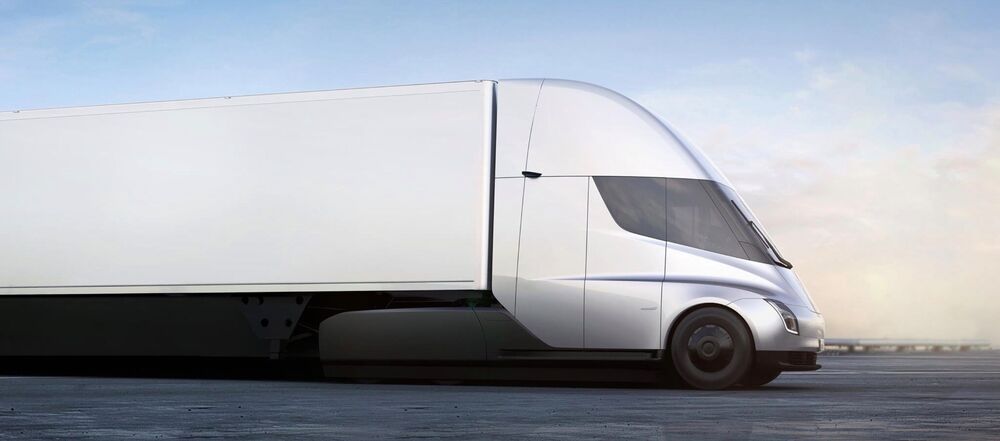Dr David Sinclair (Harvard) : “I want to mention one thing that nobody except the insiders would know, is that I was at a conference a couple weeks ago with all 15 of us talking about this reprogramming work, and a lot of it is not published yet. I’ve seen things that make my head spin, the ability to turn back aging in a whole animal,…”
On October 27, 2020, Glaucoma Research Foundation presented the 2020 Weston Lecture featuring a talk by world-renowned Harvard Medical School genetics researcher and best-selling author David Sinclair, PhD, AO discussing longevity research and glaucoma.






